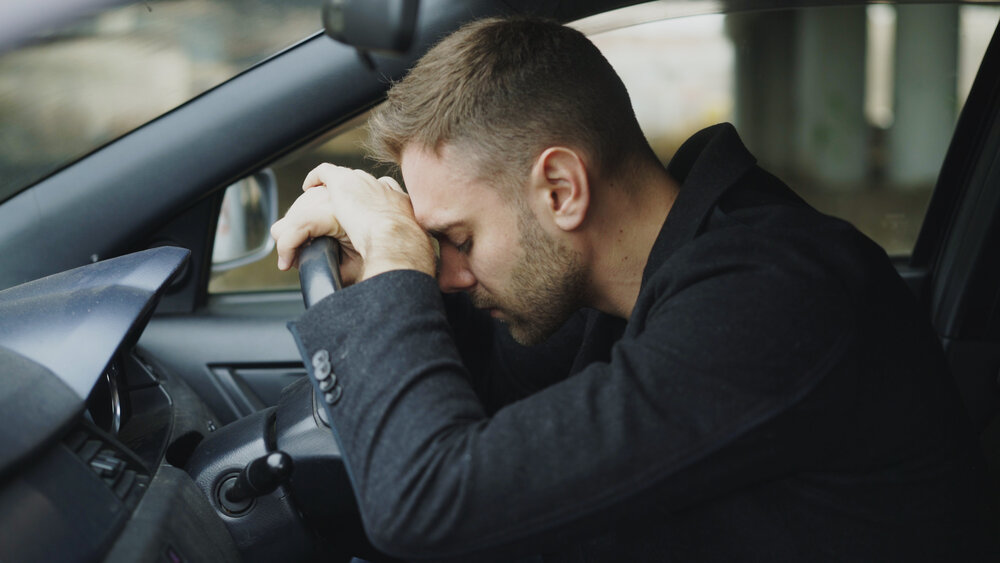Sleep can make or break your health. 62% of adults throughout the world feel that they are not getting enough sleep. In fact, losing just one hour of sleep can increase a person’s risk for heart disease, kidney disease, and depression.
But getting enough sleep is harder than it looks. Cataplexy is a sleep disorder that can significantly impede someone’s life. If you want to resolve your sleep problems, you have to understand cataplexy symptoms.
What is cataplexy, and how does it present itself? What conditions are associated with cataplexy? How can you pursue treatment for it?
Answer these questions and you can get more restful sleep in no time. Here is your quick guide.
Twitching
Cataplexy’s most prominent symptom is twitching. Some people may have twitching in their arms, legs, or other parts of their bodies.
Someone’s head may fall to one side or another, or down to their chest. Their jaw may drop, or their eyelids may droop like they are about to fall asleep. The tongue can waggle or flex inside the mouth, which can cause speech difficulty.
Twitching may last for only a few seconds, but episodes can go on for several minutes. On rare occasions, someone may fall to the floor and twitch, which can lead others to believe they are having a seizure.
Emotional Triggers
Symptoms of cataplexy can surface at any moment. But most people experience issues when they feel a strong emotion. This can be excitement, fear, or stress.
Some people experience cataplexy while they are laughing or talking with someone. Their episodes may last until they are done laughing or talking, but they may unsettle the people they are with.
Narcolepsy With Cataplexy
Cataplexy can occur on its own, or it can occur in conjunction with narcolepsy. Narcolepsy is a condition that causes excessive daytime sleepiness and microsleeps during the daytime. In addition to cataplexy, narcolepsy can also cause sleep paralysis and hallucinations.
Cataplexy occurs in other medical conditions like multiple sclerosis. Brain damage from a head injury or a stroke can also trigger cataplexy, though only on rare occasions.
Cataplexy Treatment
Treatment involves mitigating symptoms and addressing the underlying causes of cataplexy. To mitigate symptoms, someone may need to change their lifestyle. They should adopt a consistent sleep schedule, aiming for eight hours of sleep a night.
When they are in public, they should be aware of fall risks and triggers. They may want to avoid situations that can trigger strong emotions, such as traffic jams.
Cataplexy can occur due to neurotransmitters in the brain. A person can take medications to change neurotransmitters, including sodium oxybate.
If someone has narcolepsy, they must deal with narcolepsy and cataplexy simultaneously. Behavioral sleep medicine (BSM) can help someone sleep more effectively. A person can learn about progressive relaxation so they can ease into sleep and feel more rested during the day.
The Essentials of Cataplexy Symptoms
Cataplexy symptoms can be minor or significant. Many people with the condition suffer from muscle twitches or spasms, including facial and tongue spasms. They may fall to the floor, which can cause significant injuries.
Extreme emotions can trigger cataplexy at any time. The condition can also stem from narcolepsy, which involves disrupted sleep cycles.
Yet treatment is effective at mitigating symptoms. Someone should change their routines so they get plenty of sleep and they should seek therapy like BSM.
Don’t hesitate to improve your sleep. Sleep Dynamics serves New Jersey residents. Contact us today.



